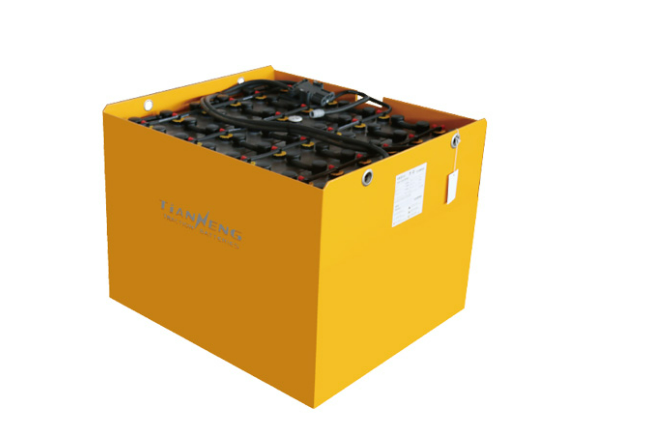The 12V lead acid battery is a common energy storage solution widely used in various applications, from automotive to renewable energy systems. It operates on a simple electrochemical process, making it a reliable choice for many users. This battery type is particularly favored for its affordability and established technology, positioning it among the most essential components in energy storage.
The Electrochemical Process
The core functionality of a 12V lead acid battery involves two lead-based electrodes immersed in a sulfuric acid electrolyte. During discharge, lead dioxide (PbO2) at the positive terminal reacts with the sponge lead (Pb) at the negative terminal, producing lead sulfate (PbSO4) and releasing electrical energy. This reaction is reversible, meaning the battery can be recharged by applying an external current, converting the lead sulfate back into lead and lead dioxide.
Applications and Importance
Due to its robust design, the 12V lead acid battery is critical in various sectors. It serves as a reliable power source for vehicles, backup power systems, and even renewable energy applications like solar power storage. The versatility and reliability of this battery type make it a staple in the offerings of the largest lead acid battery manufacturers. Their continued advancements ensure that these batteries meet the demands of modern applications efficiently.
Conclusion
In conclusion, the 12V lead acid battery remains a pivotal technology in energy storage. Companies like Tianneng are leading the way in innovation, with their PZS Series featuring enhanced corrosion resistance by 50%. The patented rare earth forklift grid contributes to strong electrical conductivity, ensuring less maintenance and reliable performance for heavy-duty applications.

